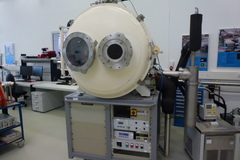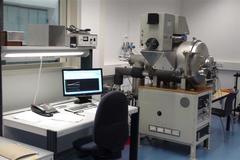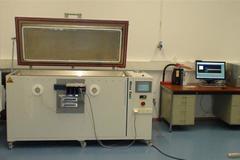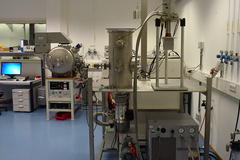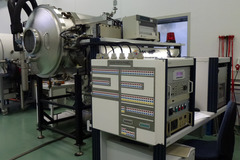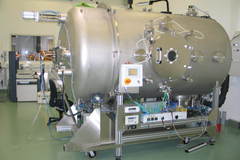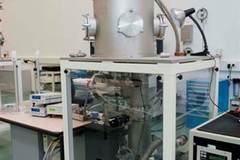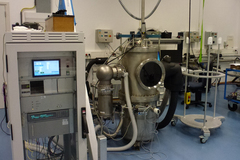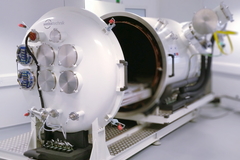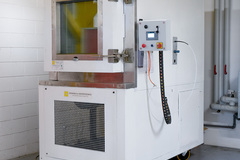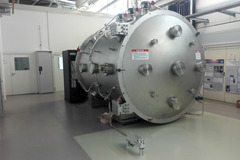KEY FEATURES:
Our innovative thermal shroud incorporates four independent heating and cooling zones. These zones work harmoniously to maintain optimal thermal equilibrium within the shroud, effectively minimizing temperature gradients. By carefully controlling each zone, we ensure consistent and reliable performance across the entire system.
TEST SERVICES:
FOTEC offers its customers extensive testing capabilities and supports them with many years of experience in the planning and execution of environmental tests related to space applications and other technical sectors. We provide acceptance and qualification tests of components, systems, instruments, and small spacecraft - such as CubeSats. This helps our customers to expose weaknesses during the development, to evaluate their products for ruggedness, and to increase operational reliability. Results are gathered with highly accurate data acquisition systems, verified, and evaluated in accordance with the applicable ECSS standard. This guarantees standardized and reproducible test campaigns. All environmental test campaigns are meticulously accompanied by dedicated quality assurance measures. Our commitment to ensuring accuracy and reliability is unwavering. With extensive experience on an international scale, we have consistently demonstrated our expertise through successful participation in numerous national and inter-national research projects.
THERMAL VACUUM TESTS:
Space systems are typically exposed to continuous temperature changes, e.g., due to variable sun irradiation or the Earth albedo. A thermal vacuum test (TVAC) is a crucial process in the development and qualification of space hardware and other equipment that shall be operated in the extreme conditions of outer space. This test subjects the hardware to the combined stress of both vacuum (simulating the lack of atmosphere in space) and temperature extremes. For materials or mechanisms to be qualified for space applications, the performance under changing ambient temperatures in vacuum is an important aspect to be verified. The use of multiple temperature sensors attached to various locations of the device under test moreover allows the correlation between experimental results and simulations.
- Temperature range: -150°C to + 150° C as standard, -185°C to +220°C on demand
- Dimensions of the vacuum facility: 3 m length, 2.2 m inner diameter
- Dimensions of the thermal shroud: 2.1 x 2.5 x 0.5 m³ (custom design available), movable on dedicated rail system
- Cleanroom ISO-7 tent for test preparation and vacuum facility loading
- Evacuation speed: 5x10-6 mbar in < 24h
- Final pressure: 5x10-7 mbar (low-noise mode available)
- Temperature control: 4 independently controllable zones
- Coolant: Liquid nitrogen (LN2) Heating: 8x 500 W, electrical insulation from mains
- Heating & cooling rate: 5K/min max.
- Data acquisition: 8x shroud zone temperatures and 16x custom locations (Pt1000 sensors attached to high-precision silicon systems TMP02 DAQ system)
- Control and data acquisition software: LabVIEW based GUI automated via scripts. Watchdog capability for emergency shutdown when PC not responding to protect the DUT.
- Feedthroughs: Up to 16x DSUB-25, others on demand
FOTEC Aerospace Engineering:
https://www.youtube.com/watch?v=_aO-jiL19VQ


